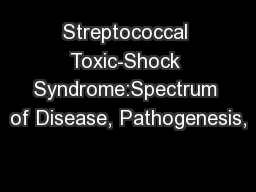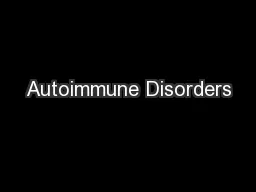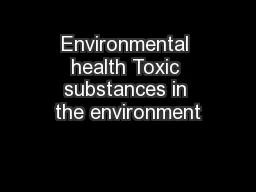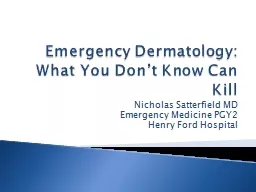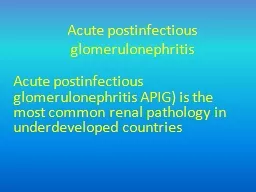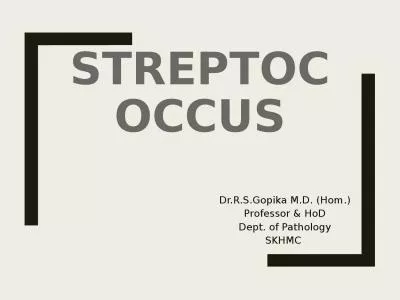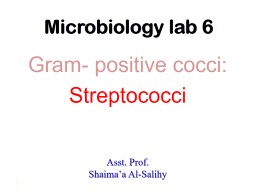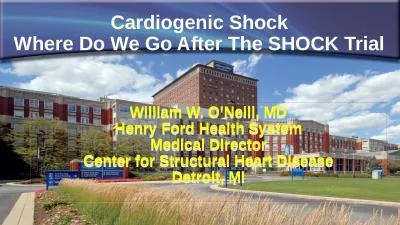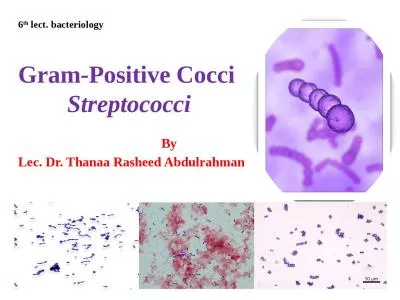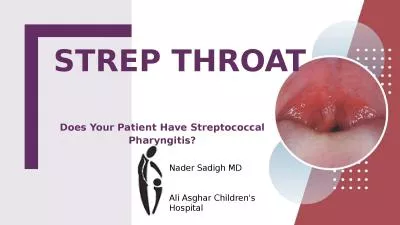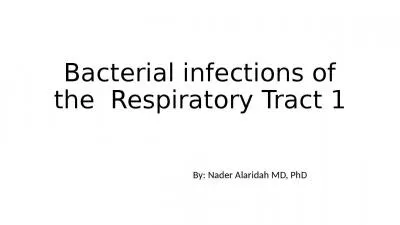PDF-Streptococcal Toxic-Shock Syndrome:Spectrum of Disease, Pathogenesis,
Author : yoshiko-marsland | Published Date : 2016-08-08
Address for correspondence Infectious Disease SectionVeterans Affairs Medical Center 500 West Fort Street Bldg6 Boise ID 83702 USA fax 2083897965Vol 1 No 3 151 JulySeptember
Presentation Embed Code
Download Presentation
Download Presentation The PPT/PDF document "Streptococcal Toxic-Shock Syndrome:Spect..." is the property of its rightful owner. Permission is granted to download and print the materials on this website for personal, non-commercial use only, and to display it on your personal computer provided you do not modify the materials and that you retain all copyright notices contained in the materials. By downloading content from our website, you accept the terms of this agreement.
Streptococcal Toxic-Shock Syndrome:Spectrum of Disease, Pathogenesis,: Transcript
Download Rules Of Document
"Streptococcal Toxic-Shock Syndrome:Spectrum of Disease, Pathogenesis,"The content belongs to its owner. You may download and print it for personal use, without modification, and keep all copyright notices. By downloading, you agree to these terms.
Related Documents

